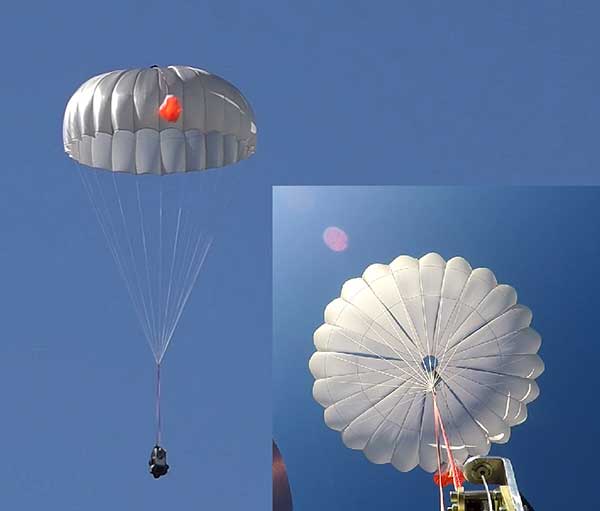- 0 replies
- 829 views
- Add Reply
- 0 replies
- 770 views
- Add Reply
- 0 replies
- 1,062 views
- Add Reply
- 3 replies
- 2,501 views
- Add Reply
- 0 replies
- 1,656 views
- Add Reply
Rocket Lab acquires Sinclair Interplanetary

By Lurker,


The US firm and its New Zealand subsidiary is the maker of the Electron launch vehicle and Photon line of primarily Low Earth Orbit satellites, which the acquisition of Sinclair’s capabilities will significantly bolster.
The move appears to be a major plank in Rocket Lab’s strategy to provide end-to-end launch and small satellite services, according to Peter Beck, Rocket Lab founder and CEO.
“When we talk to small satellite operators across the board their challenges are clear: They ne
New UAVOS parachute system for UAS

By Lurker,


UAVOS has successfully tested its new two-stage parachute system. The new parachute system provides slow descent of a UAS at high speed. It includes two parachutes — the pilot chute and a main chute used to slow and stabilize the UAS.
The decrease in the load speed on the UAS occurs due to the main chute opening delay function, when the pilot chute opens first. The parachute system is designed for UAS with speeds of up to 280 mph (450 kph) and weight of up to 110 lb (50 kg).
Watch the
SPH Engineering announces bathymetric drone solution

By Lurker,
SPH Engineering has launched a new product to make bathymetric surveys of inland and coastal water.
The system — an unmanned aerial vehicle (UAV) integrated with an echo sounder — is time- and cost-efficient. It is suitable for mapping, measuring and inspecting tasks as well as environmental monitoring.
The system allows field workers to collect data with high accuracy quickly. It is easily transported, quickly deployed and twice as cost-efficient as traditional methods.
The UAV/e
Skytraq PX1122R Tiny Multi-Band RTK GNSS Module Offers Centimeter Accuracy

By Lurker,


Several years ago Skytraq introduced NavSpark mini, a tiny (17x17mm) GPS module, that sold for $6. I got one and wrote a post explaining how to get started with the GPS module using GNSS viewer program.
The company contacted me again today, as they’ve now launched an even smaller module Skytraq PX1122R measuring just 16x12mm, supporting GPS, Galileo, GLONASS, and Beidou signals, as well as Real-time Kinematic (RTK) relative positioning technique that allows for 1-3cm positionin
Tutorial Basic GRASS with BASH in LInux

By Lurker,
GRASS GIS was, for a long time, something I dismissed as ‘too complex’ for my everyday geospatial operations. I formulated any number of excuses to work around the software and could not be convinced it had practical use in my daily work. It was ‘too hard to set-up’, ‘never worked well with QGIS’, and ‘made my scripting processes a nightmare’.
In this example we will:
part 1:
1. Download a small piece of elevation data from the LINZ Data Service
2. Build a GRASS environment to p
-
Forum Statistics
8.8k
Total Topics43.5k
Total Posts



